In the Middle Ages, spices played an important role in economic and political life, with some of them being worth as much as gold. Spices were considered rare and valuable not only for their aroma but also for their medicinal and food-preserving uses.
Between 200 BC and 1200 AD, the Romans began trading spices, sailing between Egypt and India - a long and arduous journey across the Indian Ocean to obtain pepper, cinnamon, nutmeg or ginger. Because of their very high price at the time, spices were only available to the wealthy. In 410 AD, when the Visigoths conquered Rome, their ruler demanded gold, jewels, silk and 13, 700 kg of pepper as a ransom. In the Middle Ages, the most valuable spices came from China, India and the Indonesian islands.
Spices, those magical seeds and powders that flavor our foods, have been around for thousands of years. You can find them in most kitchens, tucked away in a drawer or shelf, only to be brought back into the light when cooking begins.
Their history dates back more than 5, 000 years, when the first traces of the spice trade were discovered. Many of these spices came to Europe or the United States from faraway places like Africa, India, Southeast Asia, Central or South America.
While many people won’t go beyond what their local market has to offer in terms of spices, there is a wide variety of options to choose from. These days, most of those spices that come from exotic places can be bought almost anywhere, so there’s no reason not to try something new and different.
Spices have also been used as a form of payment by other civilizations. Native Americans used cacao beans to make trade transactions instead of gold. You would think that now that spices are technically more easily available, they would not be as valuable. However, because some spices are only grown in certain regions and under certain conditions, they are still very expensive.
Saffron
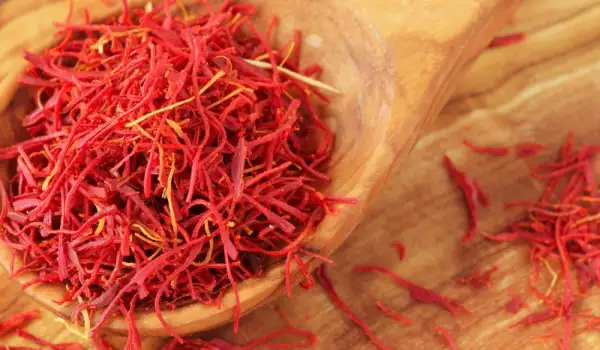
The most valuable spice in the world today is saffron. The dried stigmas of the saffron crocus plant can be purchased as saffron threads. A kilogram of saffron costs, depending on the quality, from $500 to $5, 000.
The saffron crocus is a member of the Iridaceae family. This plant was originally native to Asia Minor and the Mediterranean, and is now cultivated mainly in southern France, Iran, Spain, Italy, Morocco, and Greece. The reason for the very high prices is the expensive cost of harvesting. The saffron crocus blooms once a year for two weeks. The pistils, of which each flower has three, must be painstakingly picked by hand in the morning as soon as the flower opens, otherwise the precious aroma evaporates. To make one kilogram of saffron, one needs at least 150, 000 flowers, or an area of about 1, 000 square meters.
In addition to being used as a spice, it is also used to color foods.
Most say that it has a flavor that justifies its price. It is described as both subtle and complex. It has a floral flavor but unobtrusive, earthy but not spicy, delicate and distinct. A pinch of saffron is all it takes to transform a dish into a culinary masterpiece.
Vanilla

Vanilla is in second place. A pod costs between three and five euros, although there are significant differences in quality. The price reflects the labor-intensive production process. In trade, only fermented pods of vanilla plants are usually used. They can be up to 30 centimeters long. Shortly before the pods ripen, they are picked by hand, steamed and stored for four weeks in an airtight container, where they slowly ferment. This makes the preparation very laborious.
Vanilla is native to Mexico, but is now cultivated mainly on the islands of the Indian Ocean and Madagascar in huge plantations. Of the more than 100 species worldwide, only 15 are used to flavor desserts.
Cardamom
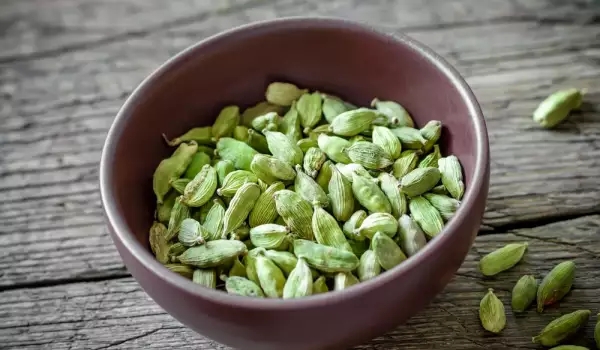
Comparatively inexpensive compared to saffron and vanilla, cardamom usually costs around 60 euros per kilogram. Nevertheless, this price is far above the average price for spices. Therefore, cardamom is the undisputed number three most expensive spice.
Cardamom is a plant that is related to the ginger family. It has a fiery, spicy flavor. Its main growing areas are in India and Madagascar. There are two types of cardamom, black and green. Black cardamom has a smoky, earthy, and tart flavor and is mainly used to flavor spicy dishes. Green cardamom is often used in desserts.
Lighter-colored cardamom is more common, but green cardamom is the most expensive and is used to flavor pastries and coffee, as well as baked goods. Green cardamom is also used in the pharmaceutical industry.
Pepper
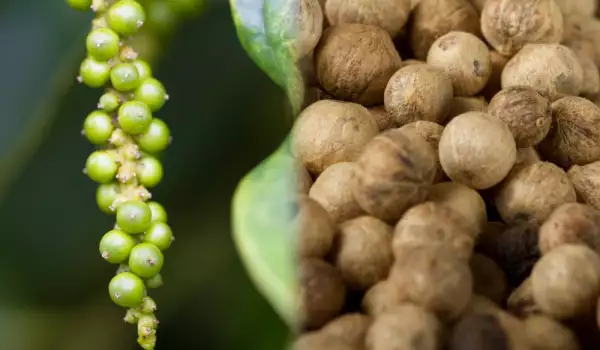
Undoubtedly on the list of the most expensive spices in history is pepper. This is the most commonly used and most popular spice in the world today, but for centuries it was also the most expensive. Pepper was once so valuable that there were armed conflicts over the areas where it was grown. Many explorers and sailors set out to find a sea route to India so that pepper could be brought to Europe more cheaply. One of the ironies of history is that Christopher Columbus set out to find a sea route to India for the pepper and spice trade, but discovered a new continent with countless new spices instead. This discovery led to a decline in the importance of pepper, as the discovery of new spices took the focus away from it. When hot chili pepper was discovered, it suddenly became the new favorite among spices.
Pepper originally came from India, but today it is also grown in many countries in Southeast Asia and Brazil. Pepper is a climbing plant whose hot chili peppers can be harvested twice a year. A kilogram of black pepper can cost up to $3 at the market.
Cinnamon
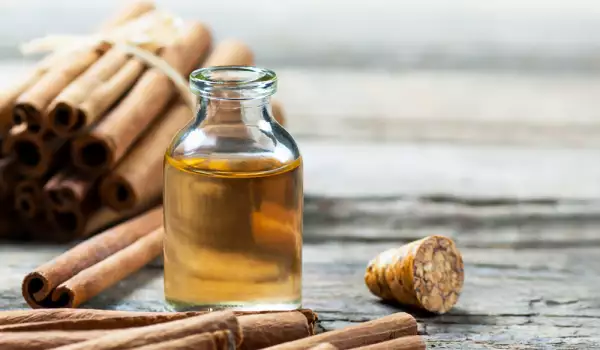
Here we must first distinguish which type of cinnamon we are talking about. In Europe, there are two types of cinnamon that are recognized as spices: Chinese cinnamon and true cinnamon, or Ceylon cinnamon. Today we are talking about the latter. Due to the fact that Ceylon cinnamon is rarer than Chinese cinnamon, it is more expensive.
The spice is the dried bark of the cinnamon tree. It is one of the oldest spices in the world and is mainly used to flavor desserts. The plant Cinnamomum verum originally comes from Sri Lanka, although it is now cultivated in many tropical countries. Between the 16th and 18th centuries, cinnamon was particularly valuable and was one of the most expensive spices in the world. A pound of cinnamon cost about $6.
Mahleb
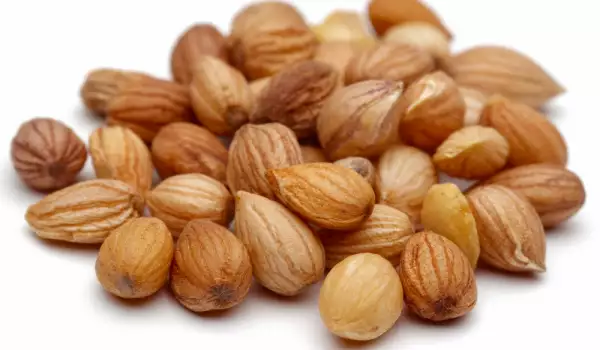
Known by various names such as mahlab, mahleb mahlap, or mahalepi, this spice is made from the seeds of the Saint Lucie cherry, making it very rare and thus justifying its high price, which can reach up to $68 per kilogram. This variety of cherry tree grows in southern Europe, the Mediterranean region and the Middle East. It was originally used as an ingredient in perfumes, but has found its way into the kitchen. It has a flavor similar to a combination of cherries and almonds.
Grains of Paradise

Related to ginger, turmeric and cardamom, these spices are native to Ghana, Liberia and Togo. Known as alligator pepper or Roman pepper, the grains are mainly used in African cuisines, but are also gaining popularity in other regions of the world.
It was very popular in the 14th and 15th centuries, so much so that the Gulf of Guinea was known as Cole Melegueta, after the plant's Latin name, Aframomum melegueta. A pound of the seeds costs about $31, making it one of the most expensive spices in the world.
Find out how to combine spices correctly, when to add spices to dishes, and which spices help with a healthy diet.

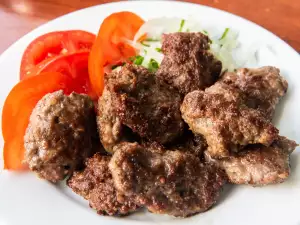

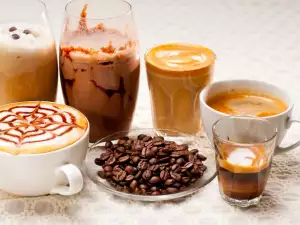
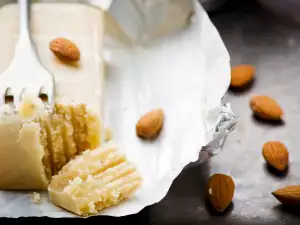
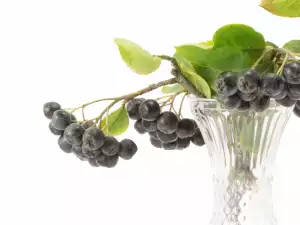

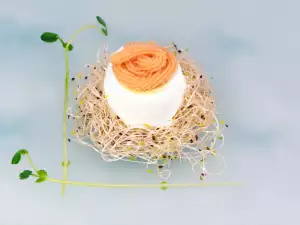
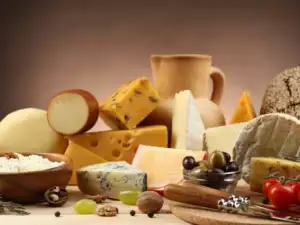
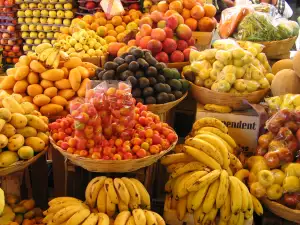
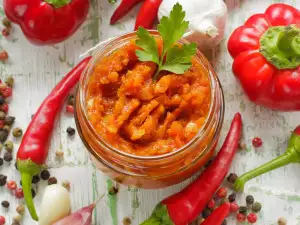
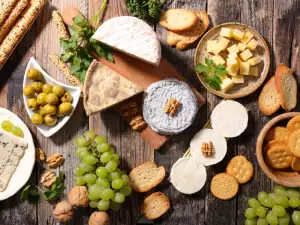

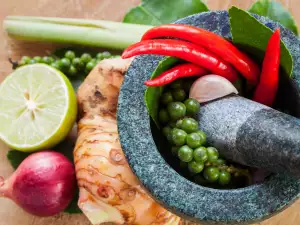
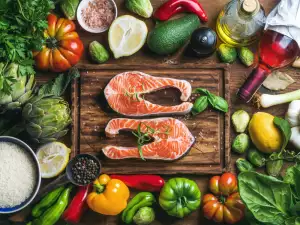





Comments